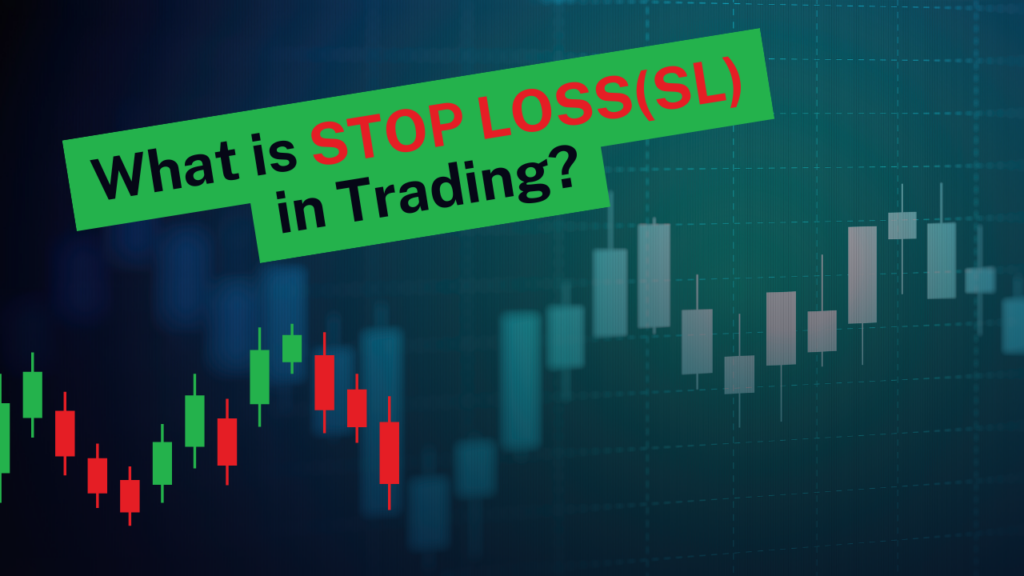Mastering the Art of Swing Trading: Your Ultimate Guide to Profiting from Market Swings
With the stock market constantly ebbing and flowing, mastering the art of swing trading opens the doors to lucrative opportunities. In our comprehensive guide, we delve into the strategies that can help you navigate and profit from market swings effectively. Whether you are a seasoned trader looking to refine your skills or a beginner eager to learn the ropes, this guide equips you with the tools needed to succeed in the dynamic world of swing trading. By understanding the intricacies of market trends and honing your technical analysis skills, you can capitalize on short to medium-term price movements. From identifying entry and exit points to managing risk and maximizing profits, this guide covers it all. Get ready to elevate your trading game and embark on a journey towards financial success with our ultimate guide to mastering the art of swing trading. Understanding Swing Trading Swing trading is a trading strategy that aims to capture short to medium-term gains in a stock or any financial instrument over a period of a few days to several weeks. Unlike day trading, where positions are opened and closed within the same trading day, swing traders leverage the natural fluctuations in market prices to make profits. By holding positions for a longer period, swing traders can benefit from the momentum of price movements, allowing them to capitalize on trends and reversals. The core principle of swing trading revolves around identifying price patterns and trends. Swing traders often utilize technical analysis to spot potential swing points—those moments when the price is likely to change direction. This could involve analyzing historical price data, chart patterns, and volume trends. By recognizing these patterns, traders can make informed decisions about when to enter or exit a trade, which is essential for maximizing profit potential. Moreover, swing trading is not just about technical analysis; it also requires an understanding of the broader market context. Factors such as economic indicators, earnings reports, and geopolitical events can significantly influence market swings. Therefore, a successful swing trader must remain aware of external influences that could impact their trades. This holistic view of the market enables traders to make more strategic decisions and improve their overall trading success. Advantages of Swing Trading One of the primary advantages of swing trading is the flexibility it offers. Unlike day trading, which demands constant monitoring of the markets, swing trading allows traders to maintain other commitments. This makes it an attractive option for individuals who may not have the luxury of dedicating full-time hours to trading. With fewer trades to manage and the ability to analyze trades over a few days or weeks, traders can execute their strategies without the stress that typically accompanies day trading. Another significant benefit of swing trading is the potential for higher returns. By holding positions longer than a day trader, swing traders can capture larger price movements. This longer timeframe can lead to a more favorable risk-to-reward ratio, enabling traders to achieve substantial profits from relatively small price changes. Additionally, since swing traders often focus on trending stocks or assets, they can take advantage of momentum, which can further amplify their gains. Risk management is another area where swing trading shines. Because trades are held over longer periods, swing traders can set stop-loss orders that account for larger price fluctuations. This allows for a more strategic approach to managing risk, as traders can withstand temporary market pullbacks without being forced to exit a position prematurely. Moreover, having a defined risk management plan helps to minimize potential losses and can lead to a more disciplined trading approach. Swing Trading vs. Other Trading Strategies Swing trading stands apart from other trading strategies, particularly day trading and long-term investing, in several key ways. Day trading focuses on short-term price movements, where traders buy and sell stocks within the same trading day to capitalize on minor fluctuations. This high-frequency approach requires intense concentration and quick decision-making, making it unsuitable for many people. In contrast, swing trading offers a more balanced approach, allowing traders to analyze market conditions without the pressure of executing trades within a single day. Long-term investing, on the other hand, takes a fundamentally different approach by focusing on the intrinsic value of an asset and holding it for extended periods—often years or decades. While this strategy can yield significant returns, it lacks the frequent trading opportunities that swing trading provides. Swing traders benefit from capturing shorter trends and price movements, making it a more dynamic strategy that appeals to those looking for quicker results without the need for constant market monitoring. Ultimately, the choice between swing trading, day trading, and long-term investing hinges on individual goals, risk tolerance, and available time. Each strategy has its advantages, and understanding these differences can help traders select the most appropriate path. For those looking to engage with the market actively while maintaining flexibility, swing trading offers a compelling balance between risk and reward. Developing a Swing Trading Plan Creating a robust swing trading plan is crucial for achieving success in the markets. A well-defined plan serves as a roadmap that guides traders in making informed decisions, managing risk, and optimizing their trading performance. The first step in developing a swing trading plan is to establish clear goals. These goals should encompass both short-term objectives, such as a specific percentage return on investment, and long-term aspirations, like overall portfolio growth. Next, traders must outline their specific strategies and criteria for entering and exiting trades. This could include defining the types of stocks or assets to trade, the timeframes for holding positions, and the indicators that will be used for analysis. For instance, a trader might decide to focus on stocks that have shown consistent momentum over the past few weeks, utilizing technical indicators such as moving averages or the Relative Strength Index (RSI) to confirm entry and exit points. Having these criteria in place helps maintain discipline and consistency in trading behaviors. Finally, risk management should be an integral component of the trading plan. This











